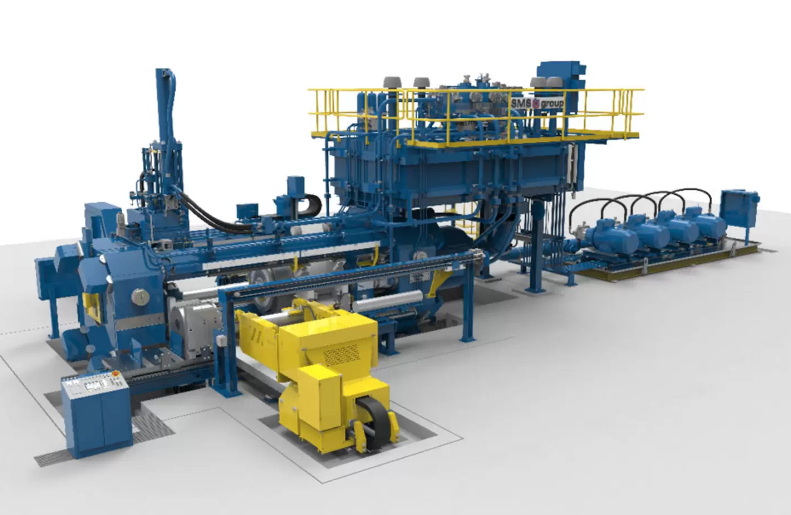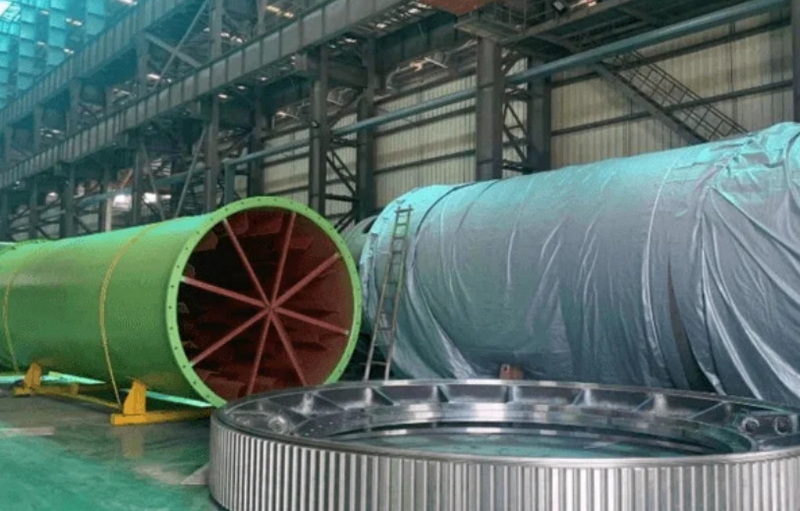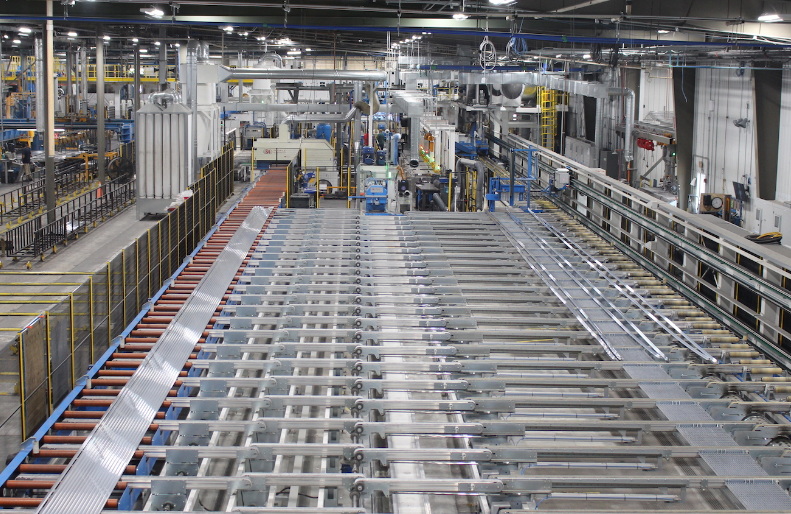Content Menu
● Understanding Aluminum Extrusion
>> The Process of Aluminum Extrusion
● Types of Aluminum Extrusion Presses
>> Direct Extrusion Press
>> Indirect Extrusion Press
● Components of an Aluminum Extrusion Press
● Advantages of Aluminum Extrusion
● Applications of Aluminum Extrusions
● Conclusion
● FAQ
>> 1. What materials can be extruded besides aluminum?
>> 2. How does temperature affect the extrusion process?
>> 3. What are some common defects in extruded profiles?
>> 4. How do you maintain an aluminum extrusion press?
>> 5. Can aluminum extrusions be recycled?
● Citations:
Aluminum extrusion is a vital manufacturing process that shapes aluminum alloys into specific profiles by forcing them through a die. This method is widely used in various industries, including construction, automotive, and aerospace, due to aluminum's lightweight and durable nature. In this article, we will explore the aluminum extrusion press, its operation, types, advantages, and applications.

Understanding Aluminum Extrusion
Aluminum extrusion involves pushing heated aluminum billets through a die to create long shapes with a constant cross-section. The process can be likened to squeezing toothpaste from a tube; as pressure is applied, the material flows out in the shape of the die opening.
The Process of Aluminum Extrusion
1. Billet Preparation: The process begins with aluminum billets, which are solid cylinders of aluminum alloy. These billets are cut to size and preheated in a furnace to make them malleable.
2. Loading the Press: The heated billet is then placed into the extrusion press, which consists of a container that holds the billet and a ram that applies pressure.
3. Extrusion: As the ram pushes the billet against the die, the aluminum is forced through the die opening, emerging as an extruded profile.
4. Cooling: After exiting the die, the extruded material is cooled either naturally or through quenching methods (using water or air) to stabilize its properties.
5. Cutting and Finishing: Once cooled, the extrusions are cut to length and may undergo additional processes such as anodizing or painting.
Types of Aluminum Extrusion Presses
There are two primary types of aluminum extrusion presses: direct and indirect.
Direct Extrusion Press
- In direct extrusion, the heated billet is pushed directly through the die by a ram.
- This method is most common and allows for high production rates.
- The pressure can range from 100 tons to over 15,000 tons depending on the size and complexity of the profile being produced.
Indirect Extrusion Press
- In indirect extrusion, the die moves towards the stationary billet rather than pushing it.
- This method reduces friction and allows for more complex shapes but is less common than direct extrusion.

Components of an Aluminum Extrusion Press
An aluminum extrusion press consists of several key components:
- Container: Holds the billet during extrusion.
- Ram: Applies pressure to push the billet through the die.
- Die: Shapes the aluminum as it exits the press.
- Cooling System: Cools the extruded material post-extrusion.
- Runout Table: Supports and guides the extruded profiles as they exit.
Advantages of Aluminum Extrusion
Aluminum extrusion offers numerous benefits:
- Versatility: Can produce a wide range of shapes and sizes tailored to specific applications.
- Strength-to-Weight Ratio: Aluminum's lightweight nature combined with its strength makes it ideal for various industries.
- Cost-Effectiveness: High production efficiency leads to lower costs per unit.
- Sustainability: Aluminum is recyclable without losing its properties, making it an environmentally friendly choice.
Applications of Aluminum Extrusions
Aluminum extrusions are used in various sectors:
- Construction: Window frames, door frames, and structural components.
- Automotive: Lightweight parts that improve fuel efficiency.
- Aerospace: Components that require high strength with minimal weight.
- Consumer Products: Furniture frames, electronic housings, and more.
Conclusion
In conclusion, aluminum extrusion presses play a crucial role in shaping aluminum into functional profiles used across diverse industries. The ability to create complex shapes efficiently while maintaining material integrity makes this process indispensable in modern manufacturing.

FAQ
1. What materials can be extruded besides aluminum?
While aluminum is most commonly extruded, other materials such as magnesium and copper alloys can also be extruded using similar processes.
2. How does temperature affect the extrusion process?
Temperature significantly impacts malleability; higher temperatures make aluminum easier to extrude but can also affect its mechanical properties if not controlled properly.
3. What are some common defects in extruded profiles?
Common defects include surface imperfections like scratches or dents, dimensional inaccuracies, and internal voids caused by improper cooling or handling.
4. How do you maintain an aluminum extrusion press?
Regular maintenance includes cleaning dies after use, checking hydraulic systems for leaks, and ensuring proper lubrication of moving parts.
5. Can aluminum extrusions be recycled?
Yes, aluminum extrusions can be recycled repeatedly without losing their properties, making them a sustainable choice for manufacturers.
Citations:
[1] https://www.gabrian.com/what-is-aluminum-extrusion-process/
[2] https://www.howardprecision.com/what-are-the-differences-between-a-direct-and-indirect-aluminum-extrusion-press/
[3] https://brtextrusions.com/brt-images/
[4] https://www.youtube.com/watch?v=iiGlq7408ME
[5] https://aec.org/aluminum-extrusion-process
[6] https://www.youtube.com/watch?v=P8BWQBP4Vhk
[7] https://bonnellaluminum.com/tech-info-resources/aluminum-extrusion-process/
[8] https://www.impol.com/everything-you-need-to-know-about-aluminum-extrusion/
[9] https://leadrp.net/blog/a-complete-guide-to-aluminum-extrusion/






















